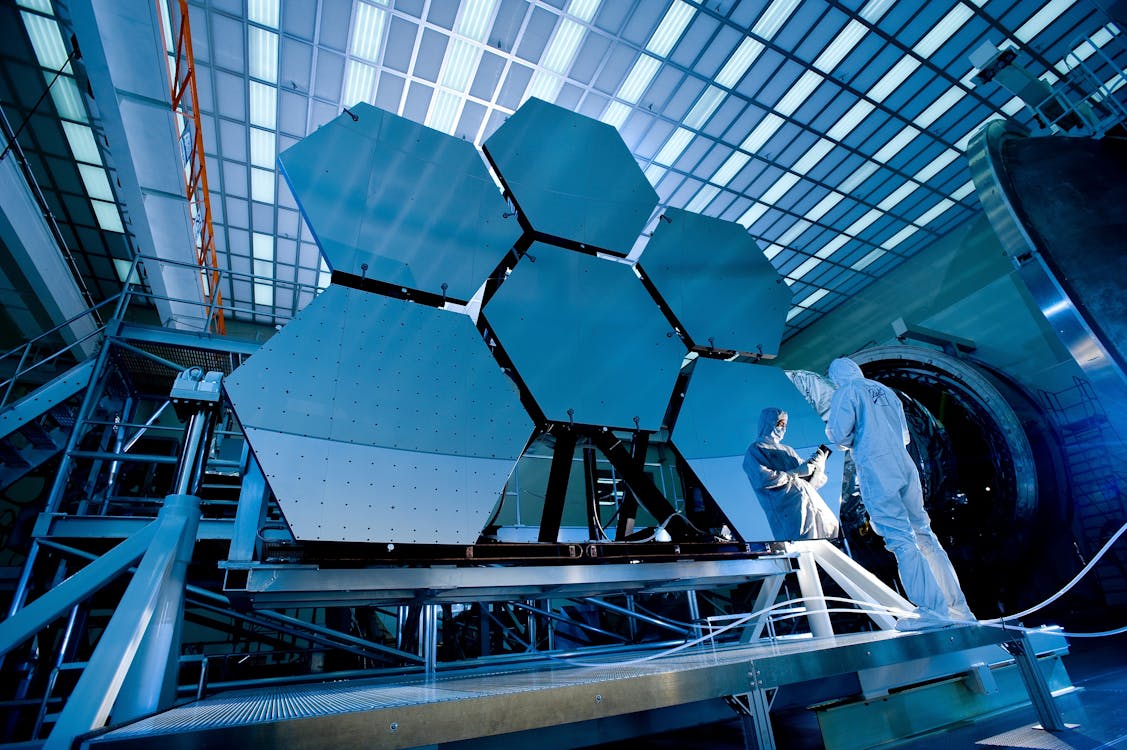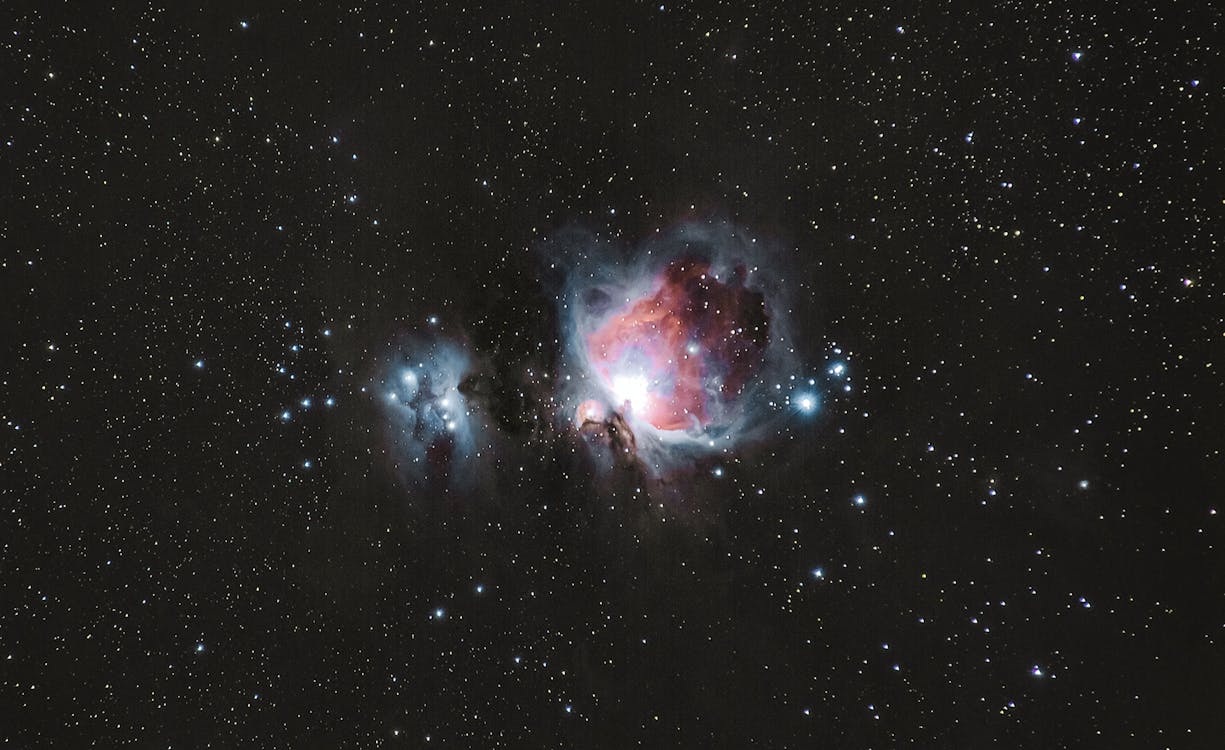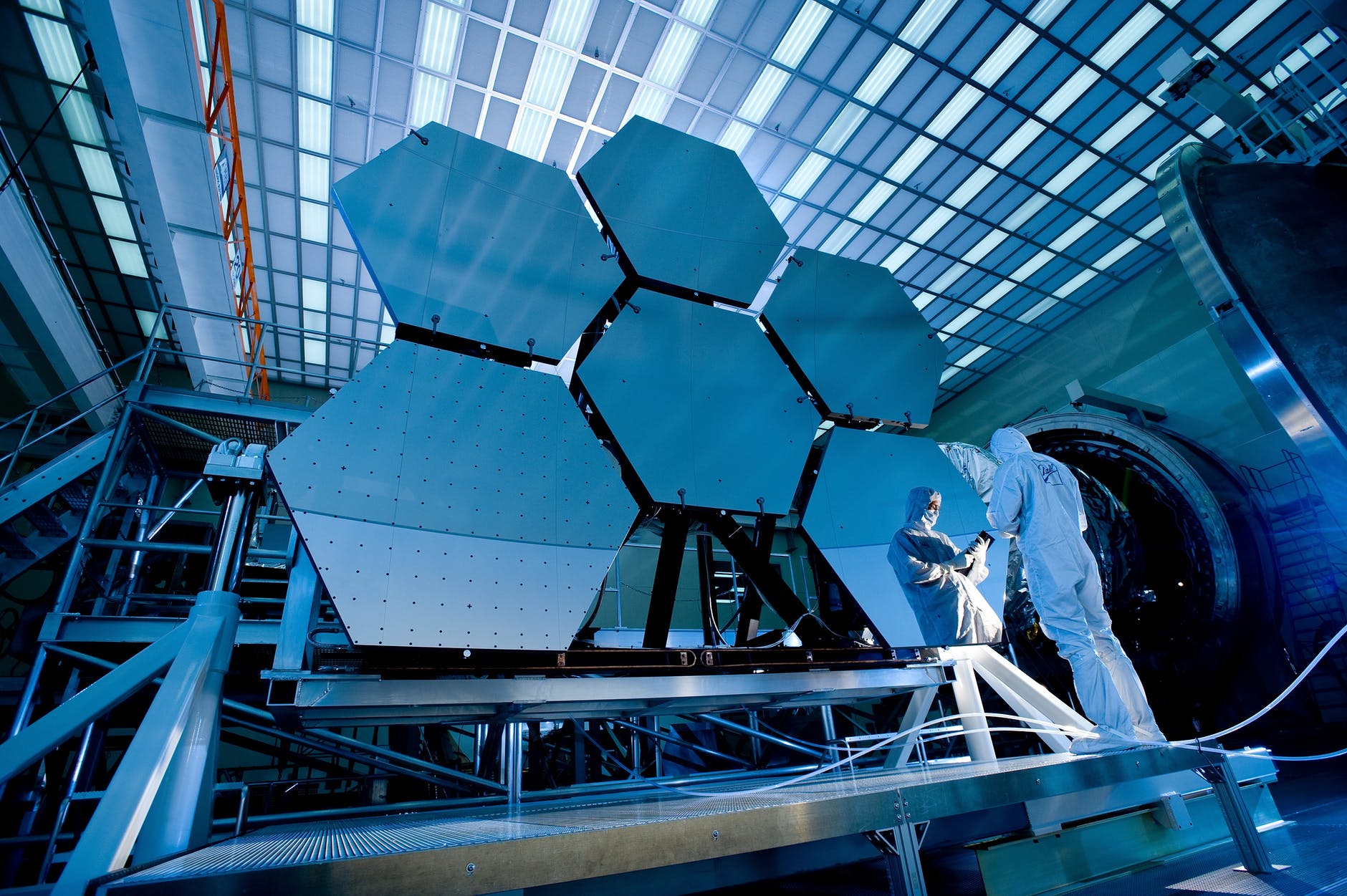
What Is Special About The James Webb Telescope?
The James Webb Telescope is like no other space telescope we have seen before. Not only is it massive but it’s also very unique in how it’s transported, assembled in orbit, and how it captures light. The James Webb Telescope will let us look into the universe’s past farther than any other telescope in the world. It will reveal more and more information and help us learn more about the big bang and how the universe was created. It will also show us light and heat from very distant galaxies never recorded before.
What Is The James Webb Telescope?

The James Webb Space Telescope is a joint NASA–ESA–CSA space telescope that is planned to replace the Hubble Space Telescope. The telescope is massive and makes the Hubble look small in comparison. The James Webb Telescope consists of a large array of mirrors that fold together for launch. With this, there is a massive sun shield that is about the size of a tennis court. The entire sun shield is needed because the telescope is infrared. The sun shield’s main role is to keep the telescope cold and block it from the bright light coming from the sun and planets.
The problem with sending a telescope this big into orbit is trying to fit in on top of a rocket. To fix this issue the companies working on the telescope made it fold together. The mirrors and the sun shield will be compacted and folded together for launch. Once in its proper orbit, it will unfold the mirror and extend the massive sun shield. It is a very complicated process but if it goes to plan it would yield priceless results.
What Will The Telescope Show Us?

The telescope will find the first galaxies that formed in the early universe. Webb will use infrared light, which cannot be perceived by the human eye, to study every phase in cosmic history. The telescope’s four scientific instruments are specifically designed to capture infrared light and will be able to peer through cosmic dust to study colder or very distant objects. This is very helpful because it will help uncover things that previously have not been possible. One example is finding distant planets with atmospheres that could support life. The James Webb Telescope will provide indications for whether certain planets could have life or not.
The other important part of the telescope is that it’s in space. The reason we put telescopes in space is not to get them closer to any specific object but instead to put them outside the Earth’s atmosphere. Earth’s atmosphere is made up of shifting pockets of air that cause the twinkling appearance of stars in the night sky. This motion blurs images captured by telescopes on the ground. This is the major benefit to space telescopes. They avoid the atmosphere and are able to get uninterrupted and clear images.
When Will It launch?
The James Webb Telescope is set to launch on October 31st, 2021. The telescope has had quite a few delays in the past. Development for the telescope started many years ago but there were a lot of problems that caused it to be redesigned and new dates to be set. Later in the development, they faced another delay when the sun shield ripped during a test. Despite all this, it looks like it’s likely the James Webb Telescope will be launching this year on October 31st.
The James Webb Space Telescope will be launched on an Ariane 5 rocket. The launch vehicle is part of the European contribution to the mission. The Ariane 5 is one of the world’s most reliable launch vehicles capable of delivering Webb to its destination in space.
Why It’s Different From Other Space Telescopes Like The Hubble

1. Size
One of the biggest and most important differences between the James Webb Telescope and others like the Hubble is the size. The Hubble telescope’s primary mirror was 2.4m in diameter. The James Webb Telescope’s mirror is 6.5m across. This massive difference in size makes the Webb telescope a lot more powerful and allows it to see further into the universe.
The other large difference in size is the sun shield. While the Hubble did not have a sun shield because it was not needed, the James Webb Telescope does. The sun shield alone is the size of a tennis court and created a massive engineering problem. They had to make it strong but also be capable of unfolding once in orbit. This makes it a lot more complex than the previous telescope the Hubble.
2. Orbit
The Hubble was launched on the Space Shuttle and put in a circular Low Earth Orbit at roughly 559 km altitude. The main point of this orbit was to just get the telescope outside the Earth’s atmosphere to ensure it could take crisp images in space.
The James Webb Telescope however is being put in a very different orbit. The telescope is not even being put in orbit around the Earth. Instead, it will orbit around the sun around 1 million miles away from earth. The reason for this is it lets the telescope stay in line with the Earth as it moves around the Sun. This allows the satellite’s large sun shield to protect the telescope from the light and heat of the Sun, Earth, and Moon. This is needed to make sure the telescope stays cold and can get proper thermal images of whatever it’s pointed at.
3. Type of Telescope
The James Webb Telescope is an infrared telescope while the Hubble was a Cassegrain reflector telescope. While the Hubble took images throughout the universe and provided us a picture of what different celestial bodies looked like the Webb telescope will give back thermal images. The James Webb Telescope will specifically be picking up heat from planets and stars around the universe. This will let us see further into the past and closer to the big bang, unlike the Hubble.
How Much Has It Cost Altogether?

Altogether the James Webb Telescope will cost around $10 billion dollars. The reason for this is the complexity of the telescope and its very long development. Development began in 1996 with an initial launch goal of 2007, however, this did not end up happening. The project ended up having numerous delays and a large redesign in 2005. The telescope was finally completed in 2016 and was delayed further after testing. The complexity also added to the cost. No telescope like this had been made so much larger than the rocket it’s going to fit in. Both the complexity and the constant delays/redesigns caused the telescope to be late and very expensive.
Conclusion
The James Webb Telescope is set to launch on October 31st, 2021. This launch is one of NASA’s most complex and presents a lot of challenges. They have done countless tests but everything needs to be perfect once in space. If just one thing goes wrong the entire telescope and decades of work could be for nothing. However, if everything does work and it goes according to plan it will be an incredible space achievement. It will provide us with images and information never seen before. We will be able to look further into the past of the universes and see how it all started. It’s complex goals like the James Webb Telescope that create massive challenges but provide incredible information that scientists will hopefully see come November.
